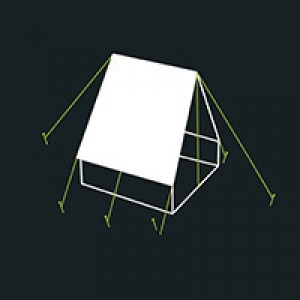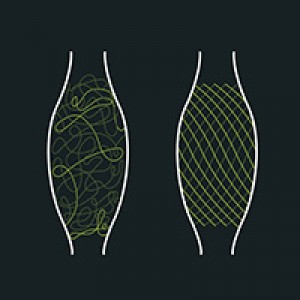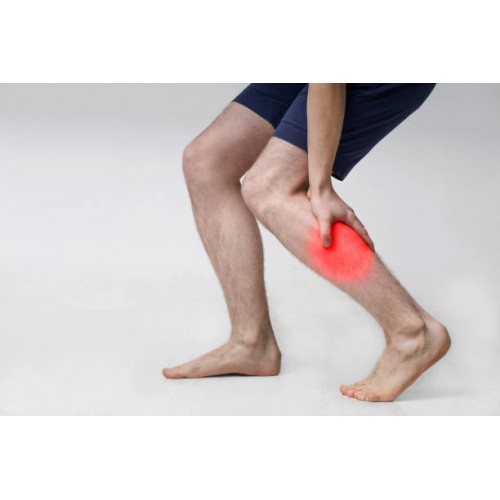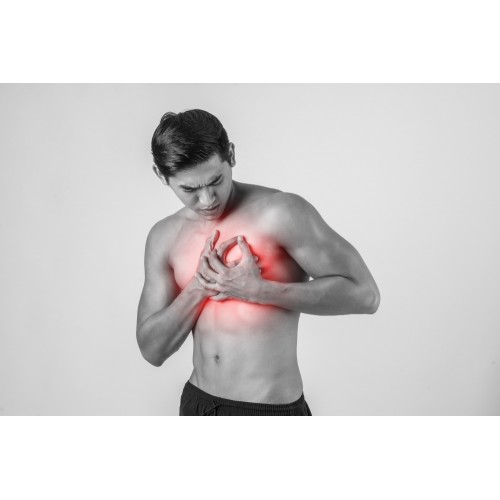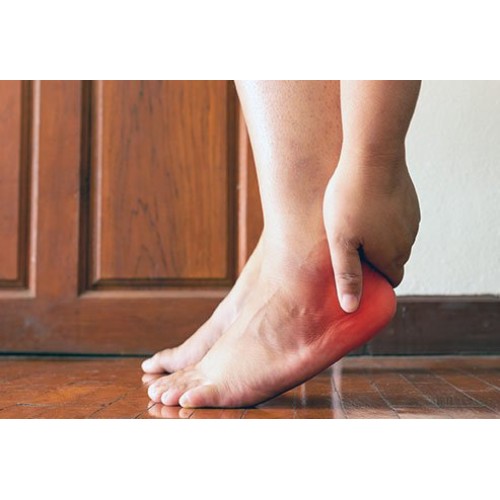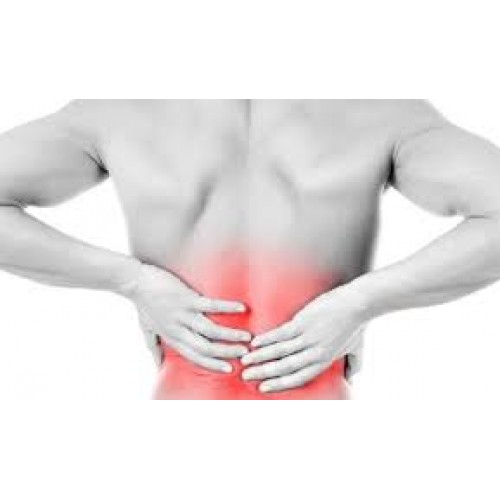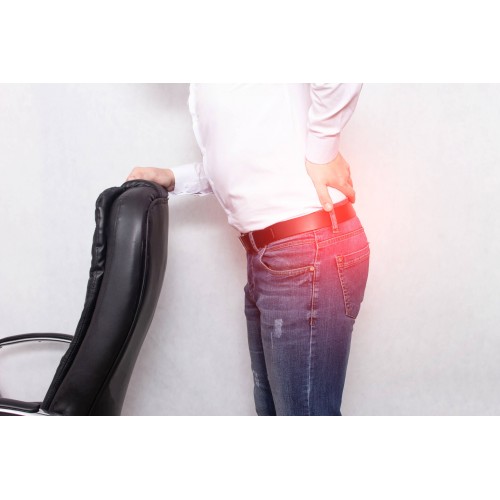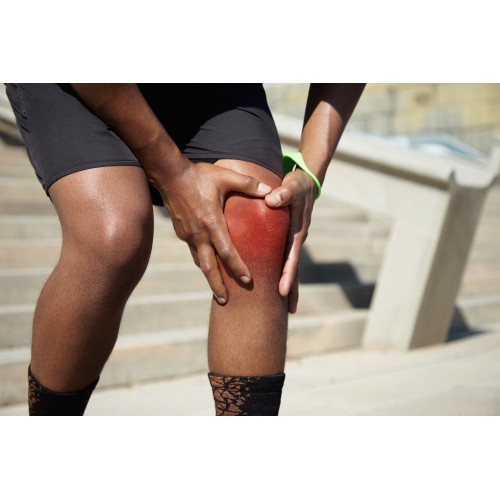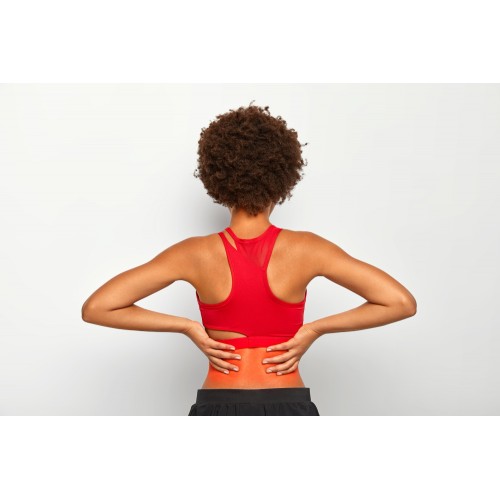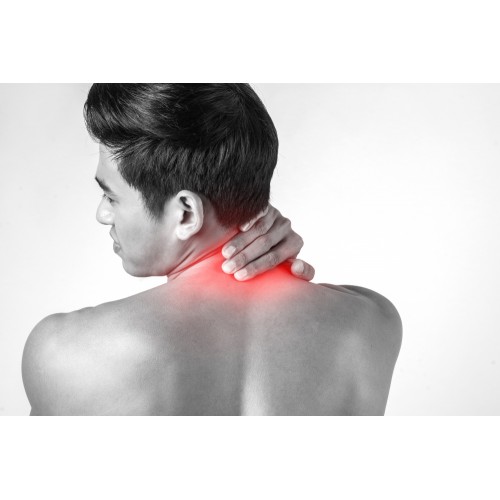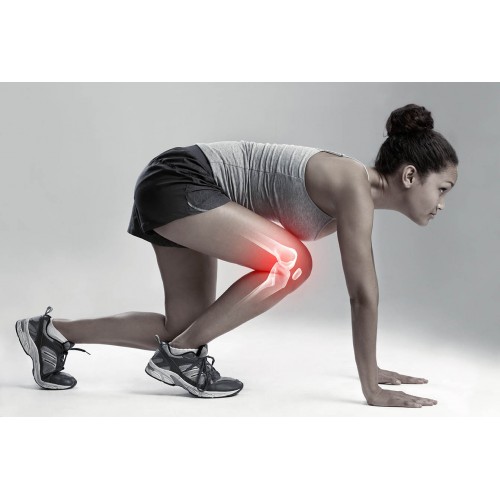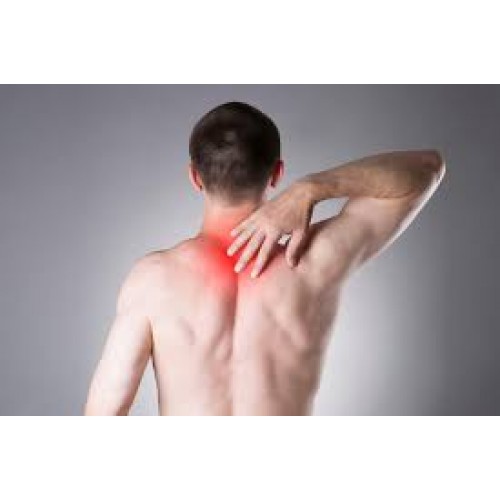Pain
WHY YOUR FASCIA MIGHT BE CAUSING YOU PAIN
Are you often tense? Do you feel a twinge here and there? Very few people are 100% pain-free. And usually the pain occurs in the fascia. We will explain what the fascia is, how pain develops, and why fascia can be the cause of your pain
Have you ever wondered how your muscles stick to your bones? Or why you can’t touch your hands with your toes? The answer lies in the fascia.
Ten years ago, very few people knew what fascia was. They used to call it connective tissue. No wonder: derived from the Latin “fascia”, the term means “bandage”. Today, science calls it a “second skin” and the new sensory organ: a thin skin that surrounds and holds together every organ, every blood vessel, every bone, every nerve fiber, and every muscle with its fibers. Crisscrossed by nerve fibers, this tissue affects our autonomic nervous system. The fascia tissue is composed differently depending on the type of fascia and the task. The two main structural proteins are collagen and elastin, which especially make the myofascia elastic and, at the same time, tear-resistant.
Still too abstract for you? Imagine that this grapefruit is a cross section of your forearm. The red flesh of the fruit represents the muscle tissue. The thin, white skin between the individual chambers would therefore be your fascia.
You can also feel your fascia: gently position your head to one side and try to rest your ear on your shoulder. You should feel a pulling sensation on the opposite side from shoulder to jaw – and that comes mainly from your fascia, not from your muscle.
HOW DOES FASCIA PAIN DEVELOP?
Fascia pain develops primarily in the myofascia (muscle fascia). The word myofascia is composed of the terms “myo” (muscles) and “fascia” (connective tissue). If pain occurs here, we call it myofascial pain syndrome,
but fascia that surrounds the organs can also cause pain. For example, the intestine can trigger pain in the back via its fascial suspensions.
And it’s the same with the muscle fascia. Because the place where the pain spreads from is not always the place where the problem is developing. People talk about referred pain. Hardening in the sole of the foot can travel up to the forehead through the superficial back line. The result is a headache.
The tensions in your body are therefore interdependent and mutually influential. Think of it as a sailboat: the tension of the individual ropes, which are set at the different points, must be coordinated. If only one rope is loosened, it is possible that the ship might sail in a different direction. This also applies to your body: your bones and vertebrae are kept in the right place by the myofascial tension balance. Experts call this new perspective “tensegrity”. Adhesions and hardened areas in the fascia can cause imbalances throughout the entire body.
This model shows that the human body must always be viewed holistically.
How does fascia pain become noticeable?
Is fascia the trigger for your pain? The problem is that fascia pain does not always manifest where it originates. Unfortunately, this often leads to incorrect diagnoses. But with the help of typical accompanying symptoms, you can see whether the symptoms originate in your fascia.
Typical of fascia pain:
- The pain spreads along the fascial lines.
- The pain spreads over a large area.
- The pain lessens when you move.
- Movements feel stiff.
WHY DOES THE FASCIA HURT?
Fascia contains more pain receptors than the muscles do. That is why people refer to it as the human body’s largest sensory organ. The fascial connective tissue is closely connected to the autonomic nervous system and constantly sends signals to the brain.
Healthy fascia is flexible and slippery. Limited physical activity, overworking, injuries and stress create unstructured links. The fascia becomes matted and forms hardened areas. It becomes particularly painful when the fascia thickens so much that it impinges on nerves.
Adhered fascia and healthy fascia
WHAT ARE THE CAUSES OF FASCIA PAIN?
- Overuse: if the body is constantly acidified by exertion, this has a negative effect on your fascia – and could lead to fascia pain. It is therefore important to strike a
balance between stress and relaxation.
- Unilateral and monotonous movements: unilateral strain on the muscles leads to tissue stress in the myofascial system. Particularly affected are: runners, cyclists,
office workers.
- Circulatory and lymph drainage disorders: your fascia needs to be supplied with oxygen and nutrients. Likewise, used fluid from the tissues and its metabolic waste
products must be able to be discharged via the lymph system. Not enough nutrients and fluids on one hand and too many accumulated toxins on the other make the
fascia sticky and brittle. Fascia pain can be the result.
- Diet and fluids: a balanced diet is a basic building block for ensuring that your fascia is supplied with the right nutrients. In addition to sufficient hydration (fascia is
made up of about 75% water), the acid-base balance is particularly important.
- Chronic stress: the fascia reacts to stress stimuli with tension. If the stress and tension become chronic, tension builds up in the body – and possibly fascia pain
- Psychological trauma: the fascia is capable of holding emotional memories. Blows of fate can therefore literally settle in your body.
DR. TORSTEN PFITZER, HOLISTIC PAIN THERAPIST AND HEALTH COACH:
“The fascia literally absorbs all forms of stressors. Most people often only think of physical stress and are surprised when the physical effort alone does not show the desired success. Fascia exercises should always be supplemented with other measures such as lifestyle adjustments.”
WHAT HELPS WITH FASCIA PAIN?
If you suffer from myofascial pain, myofascial self-massage (MSM) with BLACKROLL® products can help. MSM exercises have a positive effect on the health of your fascia and can relieve or eliminate fascia pain.
The physiological effects include
- Improved fluid exchange
- Loosening of adhesions
- Improved circulation
- Stimulation of the lymph flow
- Relief and regulation of the nervous system
In turn, these factors manifest themselves in your body through:
- Improved mobility
- Relieved tension
- Reduced feeling of stress
- Accelerated regeneration
- Increased performance
- Reduced susceptibility to injury
- Improved body awareness.
HOW ELSE CAN YOU KEEP YOUR FASCIA HEALTHY?
Varied exercise/movements: all sports that require body awareness and involve a lot of variation train your fascia. This includes, in particular, recreational sports such as dancing or gymnastics. We also recommend yoga or pilates exercises.
Bouncing movements: jump rope, hopping, dancing like a boxer: with springy actions, the movement does not start from the muscle, but from the elastic connective tissue. This type of movement allows you to train your fascia in a targeted manner.
Elongation of the myofascial chains: fascia enjoys being stretched lengthwise. Your entire fascial system is interconnected. Tensions in one area therefore have an effect on your entire system – both positive and negative. That’s why you should always stretch entire fascia chains.
Drink enough water: muscle fascia consists of up to 75% water. Especially if you do MSM exercises, you should make sure that you drink enough fluids – so you can prevent fascia pain. Opinions about daily needs differ. As a rule of thumb: you should drink 30 to 35 milliliters per kilogram of body weight. For a man weighing 80 kilograms, that would be 2.8 liters. If you are very physically active, you should drink more than that.
Fascia-friendly diet: make sure you eat a balanced, natural and plant-based diet. Fascia-friendly foods include legumes, quinoa, millet, buckwheat, vegetables, nuts, mushrooms, potatoes, germs, sprouts, herbs and berries. Make sure you cut down on sugar, white flour, meat and dairy products.




